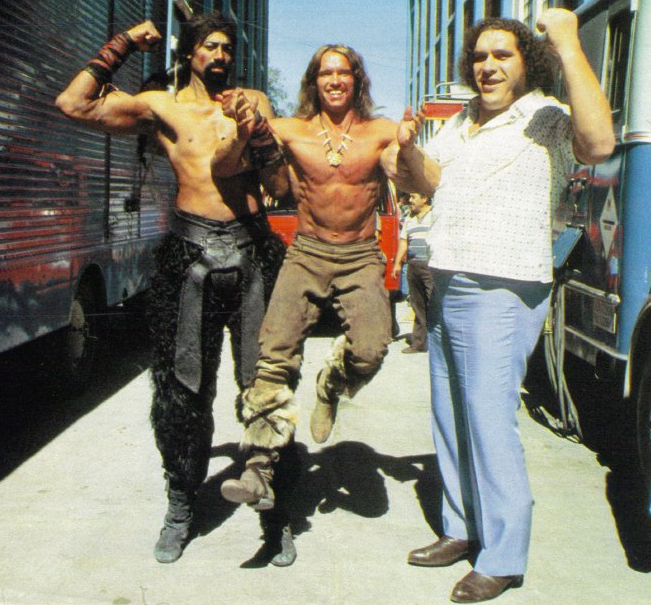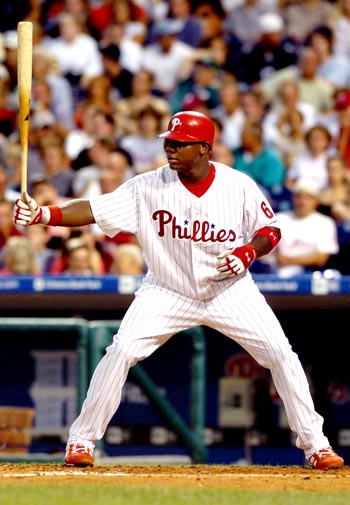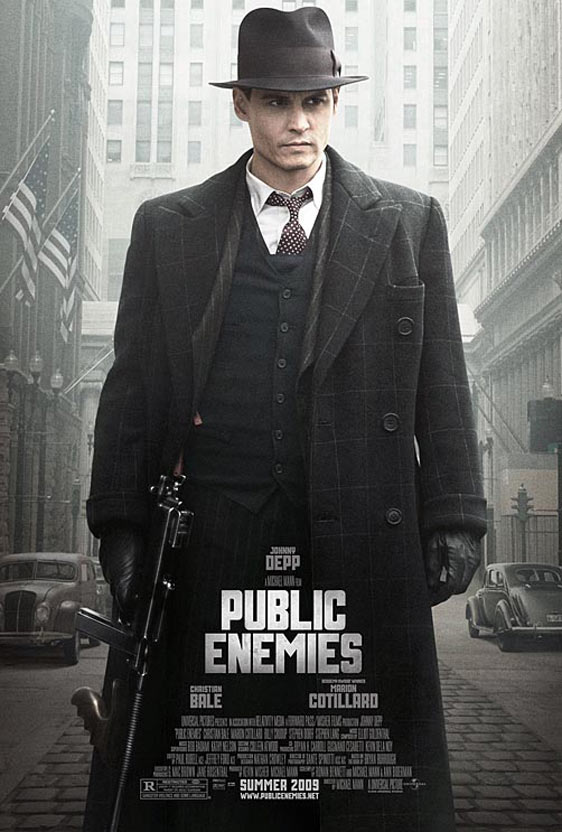Baseball just completed its all-star game and we head in to the second half of the season. Here is one man's take on what has happened, what is about to happen, and what some might not notice happening.
There was a good piece from the legendary Peter Gammons on ESPN.com today about the future of the game. I encourage you to take a read right
here. The biggest point to note is that the steroid era, as we know it, is practically over...indeed, there are still and will always will be PEDs or other methods of cheating, it's just the way sports are. But many of the big, power-hitting names of just 5 to 10 years ago are on their way out and the game is getting faster, more athletic, and younger. There will still be a place for the hulking brute who can mash 40 HRs a season, but the days of every team having a couple of those guys is coming to a close, at least for the time being. As such, I encourage the fans of baseball to move on and embrace this new track. There is no need to forget the transgressions of players past, but let's take their actions with a grain of salt and look to the future.
Even though All-Star Weekend ultimately means nothing (home field advantage at the World Series, I guess...but if you're a good team, you should be able to win anywhere), I always enjoy it. Perhaps because I'm a baseball junkie or perhaps because my team seems to be in a constant state of rebuilding, but I always love the futures game. This year was no different. We got a chance to see the finest prospects the minors have to offer and they didn't disappoint. Some guys who will be making an impact in the bigs sooner rather than later: Neftali Feliz, RHP Texas, the guy can gas and it looks like he's not even trying, expect him with the Rangers very soon; Jason Heyward, of Atlanta, the consensus number 3 prospect (after David Price and Matt Wieters) at the start of the season, Heyward continues to tear things up and it will soon become tough for ATL to keep him out of the big league lineup; Chris Tillman and Brian Matusz, RHP and LHP Baltimore, the two studs of the Orioles' system performed well, while the team wants to keep the two and fellow star prospect Jake Arrietta in the minors for the rest of this season, they may get a call up in September and take the Orioles one step closer to 4th place.
The Home Run Derby is always fun. I have nothing more to say on the matter.
The All Star game started off well enough. I always enjoy the introductions to see the reactions of some players to hearing their names called. Some guys like Derek Jeter who have been there before and/or know how to handle the public eye react appropriately. Some don't. It's also always fun to watch whenever All Stars from some teams (such as the Nationals) have their token All Star announce and nobody in the crowd reacts. Anyway, President Obama threw out a solid first pitch. It wasn't a strike, but he got it to the plate and Adam Dunn probably would have swung at it so really one can't complain. Say what you will about O-Bams, negative or positive, but I appreciate his sports fan-hood, just like I appreciated George Bush's. Anyway, the game was quite entertain. Lots of defense to go around, including a great catch by Carl Crawford. Adam "Don't Call Me Pacman" Jones drove in the winning run. And it was proven again that the AL is the superior league. (Undefeated since 1996...really?)
I've never been a big fan of the idea that every team should get at least one All Star. But I understand the reasoning behind it, it keeps every market involved and watching out for their representative so ultimately I'm not too upset about it, especially as the Orioles have benefited more than a few times because of this. But I just wish that the managers would get it right with selecting players. For instance, Ryan Zimmerman was the Nationals' All Star. Zimmerman is a perfectly fine player and could play for a championship team (though definitely not in Washington), but he was not the team's best player, not by a long shot. Adam Dunn should have been the rep. Zimmerman holds a line of 14 HRs, 37 BBs, a .354 OBP, and a .473 SLG and good, not great defense. Again, a solid line. But Dunn provides 23 HRs, 68 BBs, a .398 OBP, and a .544 SLG, and average defense. Those are better numbers. When managers are filling out the rest of the rosters, they should first look at filling each team, then working on the rest of the rosters, instead of filling the roster then saying "oh, the Nats need a player, let's give it to Zimmerman because he's the only National who's sold any jerseys."
Some notes to start the 2nd half:
Many of you already know this, but we are witnessing something special with Albert Pujols this season. The man has always been really, really good, but this season is blowing everyone else away. The only guy I can remember doing something similar was early 2000s Barry Bonds. All anyone can do is be in awe and just be absolutely appalled that the Cardinals have refused to surround Mr. Pujols with anyone resembling a talented hitter to bat behind the man.
Teams I expect to stick around and make a serious run at the playoffs: Boston Red Sox, New York Yankees, Tampa Bay Rays, Detroit Tigers, Minnesota Twins, Los Angeles of Anaheim, Texas Rangers, Philadelphia Phillies, Milwaukee Brewers, Chicago Cubs, Los Angeles Dodgers, San Francisco Giants, Colorado Rockies. There are even more folks still within striking distance, but these are the folks who I think are actually legitimate threats to make the playoffs...though realistically the only ones I could see winning it all are the Red Sox, Yankees, Rays, and Dodgers.
Where will Roy Halladay go? A team with money and top prospects. Who fits that? Uhh...The best bets would be the Angels, Yankees, Red Sox, and Phillies, but I wouldn't be surprised if some darkhorse team rolled the dice and came up huge a la the Brewers last season with CC Sabathia. My top pick for the darkhorse? I'd say the Rangers as they have a little money and they have a great farm system, but they seem content to build from within and they'll be getting some pitching help from said farm system in the form of top prospects Neftali Feliz (hey! I mentioned him earlier!) and Derek Holland and the bat of first baseman Justin Smoak. So I'm going to, once again, pick the Brewers. Because why not.
Other folks on the move potentially include Matt Holliday, Freddy Sanchez, Orlando Cabrera, Nick Johnson, Aubrey Huff, the Orioles' bullpen, any Pirate not named Andrew McCutcheon, Garrett Atkins, and any Seattle pitcher who isn't Felix Hernandez. Holliday is the biggest name because although he's had a down season away from the confines of Coors Field, he's still a 5 tool player who is an immediate asset for most teams and should command a pretty hefty salary in free agency. That being said, if Billy Beane doesn't get a solid package in return, he could just hold on to Holliday, whose free agency departure will garner his team a supplemental first round draft pick. Johnson and Huff are being pursued by the same sorts of teams as their similar players who have some pop and can work a count. Garrett Atkins is being pursued by the Mariners who can't decide if they're actually contenders or not. A word of advice: they're not. The Mariners have some good pieces, but a lot of bad pieces. Rebuild for a season or two more and then you'll be there. As such, deal Jarrod Washburn...yes he threw a one-hitter and has pitched well this season, but what possibly would make you believe that this will continue. If you remember correctly, Sidney Ponson once won 18 games in a season...send Washburn away now while his value is beyond its peak. Erik Bedard? I might hold on to him. But what do I know?
Why is Joe Torre batting Matt Kemp 8th? He's hitting .320 with 11 HRs, a .384 OBP, .495 SLG and 19 steals. Come on, Joe! My fantasy team needs help!
The Nationals are epically bad. I count exactly 4 major-league caliber players on that team (Adam Dunn, Cristian Guzman, Ryan Zimmerman, and Jordan Zimmerman). This is an affront to baseball fans everywhere. So naturally, I'm super excited to see if they can lose the most games ever in a season. In addition, I hope they don't sign Stephen Strasburg...because that would cause riots...oh wait...Nats fans don't care.
Matt Wieters can and will pick things up. He was heating up before the All-Star break and should only continue to rise. Should be awesome. Bring an extra pair of underwear.
Normally, I don't care too much about Hall of Fame induction speeches. I think they're nice and I have no problem with them, but I just don't care. So far the only speech I've cared about is that of Cal Ripken Jr. because it isn't very often that deities speak to us mere mortals. But I and everyone else should be ready for Rickey Henderson's speech. Even Matt Wieters will be impressed.






